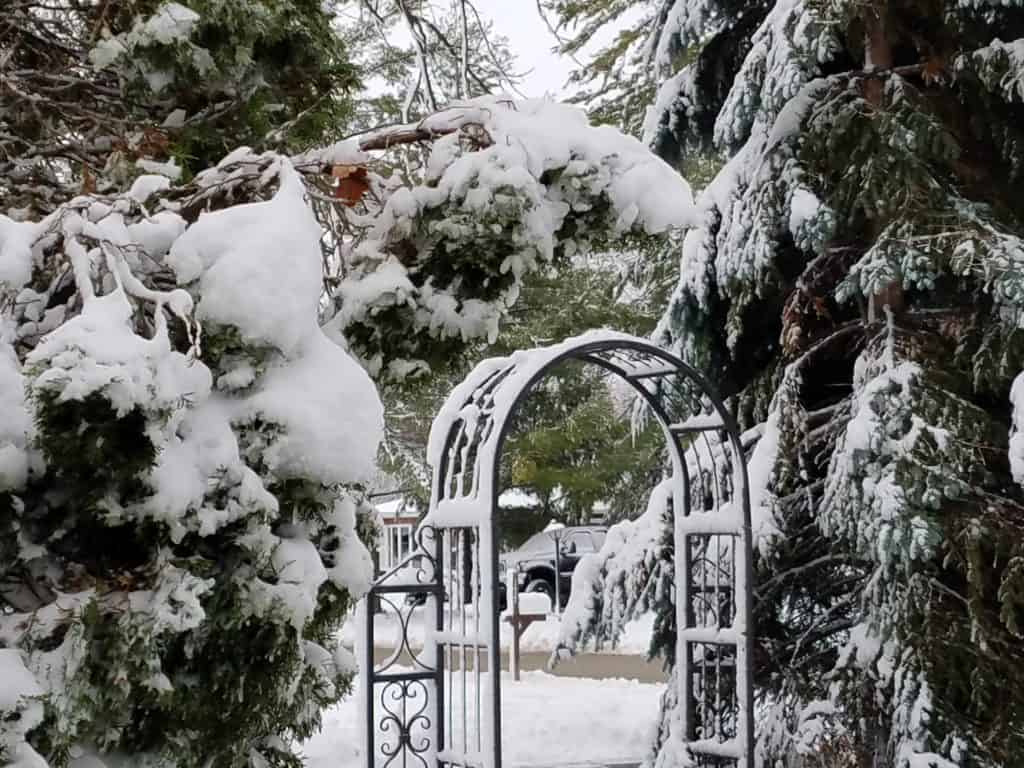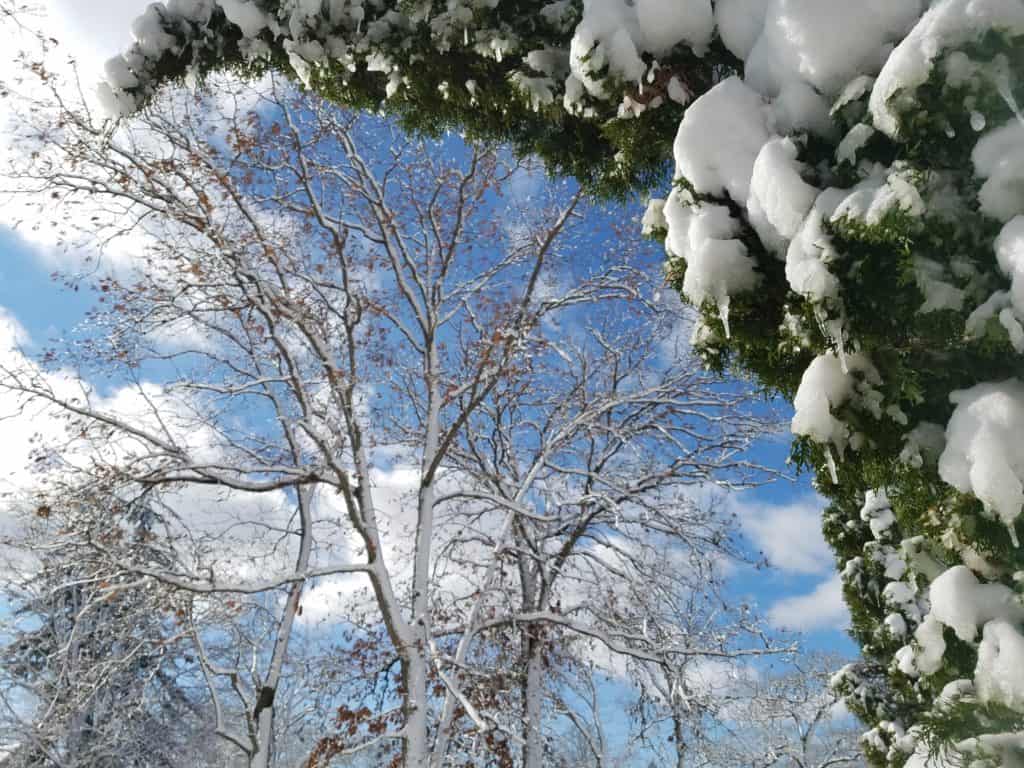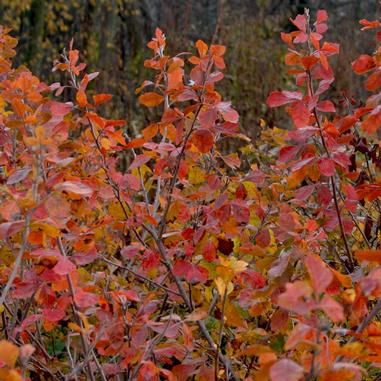
The Evergreen boughs arched and flexed as the Oaks stooped and ached, arthritic under the grievous weight of the heavy, wet snow. Conditions were treacherous. Nature steeled itself while we were left helpless and seemingly ill prepared.
As we begin digging ourselves out and clearing our walkways and drives, we often look to salt to help our plight. Although effective, salt can be detrimental to our environment. More specifically our lawns, plants and trees.
Salt damaged turf along driveways, sidewalks, and roads appears brown, burnt, and dead. As snow melts and Spring rains arrive, the salt is generally diluted and leaches through the soil to a level below the root zone, making reseeding and overseeding possible. If Spring rains are sparse, it is sometimes recommended that you flood the affected areas with a hose to further dilute the salt, lowering the salt content of the soil to an acceptable level. Some even suggest spreading gypsum or limestone in an effort to return balance to the soil. Unfortunately, there are no effective preventative measures, other than to stop using salt altogether
Salt damage to plants is two-fold. It is first manifested through the soil where sodium and chloride ions separate after dissolving in water. The sodium then inhibits the roots’ ability to absorb other critical nutrients. The plant then absorbs the chloride which interferes with the ability to photosynthesize. Secondly, salt pulls water away from the plant’s roots and leaves, which can ultimately kill a plant.
Alternative de-icers are highly suggested, like calcium chloride or even sand. Another option is to utilize salt tolerant plants in areas where salt is commonly used.

As we begin our journey into Winter and prepare for future snowfalls, look to alternative de-icers when possible and reach out to Sweeney’s for suggestions and ideas on salt tolerant plants. Your lawn, your landscape, and the environment will be forever grateful.
Plant of the Week

Grow-Low Sumac
Hardy, fast growing shrub that tolerates the poorest of soils. Tiny yellow flowers bloom in Spring before the foliage emerges. Glossy green foliage matures to a stunning reddish-orange in Fall and emits a lovely fragrance when brushed against. Prefers sun to partial shade and moist, well-drained soil, although is tolerant of moist soil types. Grows 3-4′ tall and 6-8′ wide. Attracts butterflies and wildlife. Salt tolerant.
“A lot of people like snow. I find it to be an unnessary freezing of water.”
-Carl Reiner
Warm wishes,
Kim Sweeney
